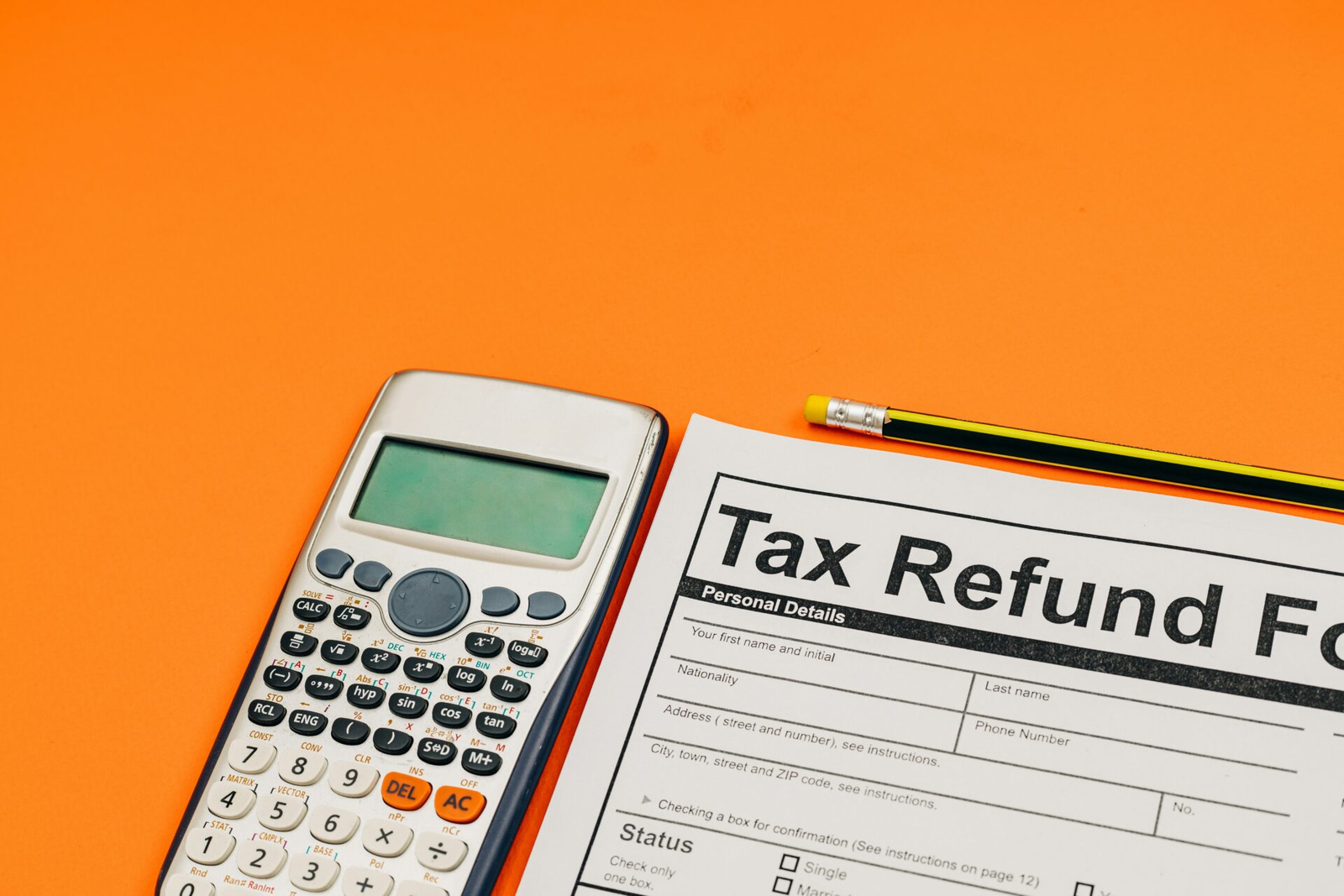The IRS estimates that most refunds are issued within 21 days of receiving a tax return, but what if it takes longer? Have you lost your refund forever?
Fortunately, a delay beyond 21 days doesn’t necessarily mean your refund is lost. The IRS is a vast organization, and processing times can vary depending on several factors.
Reasons for Delay
There are several reasons why your refund might be delayed:
- High volume: The IRS receives millions of tax returns during peak season, which can cause a backlog.
- Additional review: The IRS may flag certain returns for extra scrutiny to prevent fraud and ensure accuracy.
- Mailing times: Refunds sent by mail can take longer to arrive than direct deposits.
Checking Refund Status
Instead of worrying, you can take action by checking your refund status. The IRS offers two convenient tools:
- “Where’s My Refund?” online tool
- IRS2Go mobile app
If your tax refund takes more than 21 days to arrive, you can contact the IRS to inquire about the status of your refund and express your concerns. Here are some ways to reach the IRS:
- Phone: Call the IRS Refund Hotline at 1-800-829-1040 (Monday to Friday, 7:00 a.m. to 7:00 p.m. local time).
- Online: Visit the IRS website and use the “Contact Us” tool to submit a refund inquiry.
- Mail: Write to the IRS at:
- Internal Revenue Service, Refund Inquiries, 1111 Constitution Ave NW, Washington, DC 20224
- In Person: Visit an IRS Taxpayer Assistance Center (TAC) near you. Make an appointment by calling 1-844-545-5640.
- Tax Professional: If you used a tax preparer, contact them for assistance in resolving the issue.
When contacting the IRS, have the following information ready:
- Your Social Security Number or Individual Taxpayer Identification Number (ITIN)
- Your filing status (Single or Married)
- Your exact refund amount
- Your tax return copy (if available)
Remember to stay calm and patient when communicating with the IRS. Their mission is to help resolve your issue. Being patient with the agent that is dealing with your case is most likely to lead to a faster, easier resolution of the situation.
Alternatively, you can also use the IRS2Go mobile app to monitor your tax refund and know what stage it is in at any time. This will provide you will real time analysis of your tax refund as it provides updates every 24 hours.
What to Do if Your Refund is Delayed
If your refund is delayed, don’t panic! Here are steps to take:
- Check your refund status regularly
- Verify your mailing address and bank account information
- Consider contacting the IRS or your tax professional for assistance
Remember, the IRS is committed to issuing refunds as quickly as possible. Be patient, and provided your refund is correctly due, it will arrive eventually.
Additional Tips
- Ensure your tax return is accurate and complete to avoid delays.
- Consider e-filing and direct deposit for faster refunds.
- Keep in mind that refund processing times may vary during peak season (February-April).
Common Refund Delays
- Math errors or incorrect information
- Missing or invalid Social Security numbers
- Incorrect bank account information
- Returns flagged for fraud or additional review
What to Expect
- Delayed refunds may take 6-8 weeks or longer
- Refunds may be delayed due to IRS processing backlogs
A delay beyond 21 days doesn’t mean your refund is lost. The IRS is working hard to process tax returns and issue refunds. By understanding the reasons for delays and utilizing refund status tools, you can stay informed and get your refund sooner rather than later. So, take a deep breath and know that your refund is on its way.

